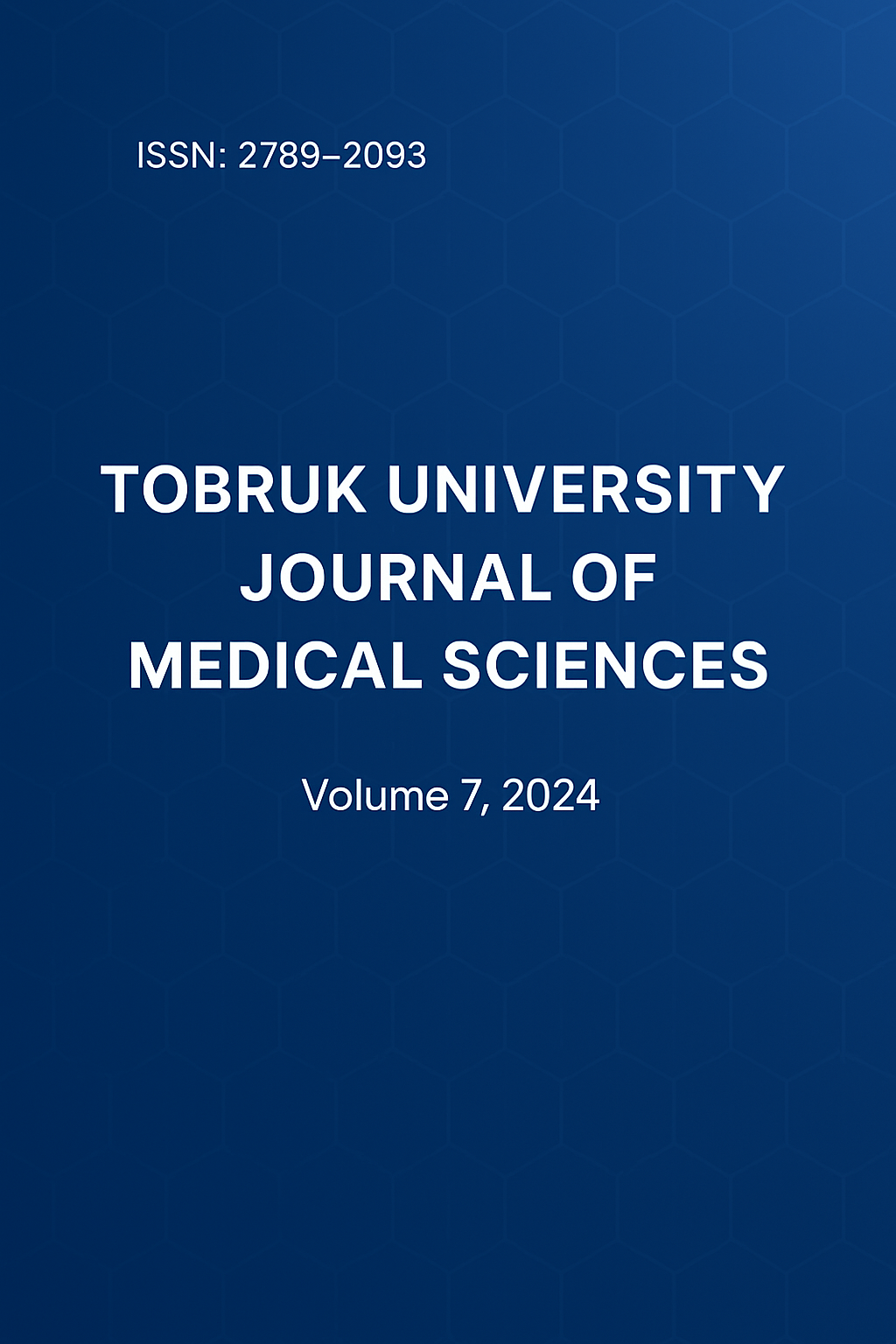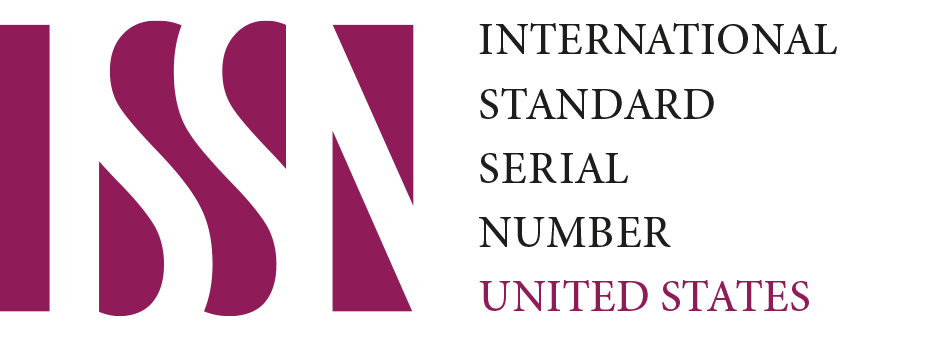Pre-induction cervical ripening by Foley's catheter in relative indication of cesarean section.
DOI:
https://doi.org/10.64516/vzxjxz34Keywords:
Cervical ripening, Foley's catheter, cesarean section.Abstract
Introduction: The rate of caesarean section (CS) has continued to rise upward. Many complications could occur during C-section. The balloon catheter, including Foley's single- balloon catheter, appears to be a widely accepted mechanical method and is recommended by the WHO for the normal vaginal induction process. Aim of the work: To evaluate the success rate of pre-induction cervical ripening with Foley's catheter in cases of relative indication for caesarean section and increase rate of vaginal delivery within 24 hours in Tobruk-Libya. Patients, Materials and Methods: Prospective case control study in Gynecology and Obstetrics department at Tobruk Medical Center, Libya from January 2020 to December 2020. The study group include 146 selected cases of relative indications for caesarean section: (10) cases of grand multi (controlled HTN - controlled DM - cardiac cases), (6) cases of multigravida breech, (20) cases of oligohydramnios (AFI-3-4cc) In grand multi, (24) cases of grand multi post-date and (86) cases of previous C/S (PROM, post-date and with medical cardiac disease as DM - HTN). Women scheduled for induction of labor between 37-41 weeks of gestation admitted to maternity with singleton. Results: Most of patient expel within 4-6 hours and bishop score obtained then amniotomy done. Most of them were delivered without augmentation. Few cases need augmentation by 1 unite syntocinon. A few cases failed and did not expel the catheter and shifted to C/S. Very few cases are complicated by chorioamnionitis. Total cases are 146 with 132 (90.4 %) cases delivered normal within 24 – 48 hours while 14 (9.6 %) cases ended by C/S Conclusion: Cervical ballooning by Foley's catheter is a pre-induction safe method, efficient, and offering potential to increase the rate of vaginal deliveries in pregnant women with relative indication for cesarean section.
References
1. Betran AP, Ye J, Moller AB, et al. The increasing trend in caesarean section rates: global, regional and national estimates: 1990–2014. PLoS One 2016;11:e0148343.
2. Shah A, Fawole B,M’imunya JM, et al. Cesarean delivery outcomes from the WHO global survey on maternal and perinatal health in Africa. Int J Gynaecol Obstet 2009;107:191–7.
3. Villar J, Valladares E, Wojdyla D, et al. Caesarean delivery rates and pregnancy outcomes: the 2005 WHO global survey on maternal and perinatal health in Latin America. Lancet 2006;367:1819–29.
4. Lumbiganon P, Laopaiboon M, Gülmezoglu AM, et al. Method of delivery and pregnancy outcomes in Asia: the WHO global survey on maternal and perinatal health 2007–08. Lancet 2010;375:490–9.
5. Molina G, Weiser TG, Lipsitz SR, et al. Relationship between cesarean delivery rate and maternal and neonatal mortality. JAMA 2015;314:2263–70.
6. Thomas S, Meadows J, McQueen KA. Access to cesarean section will reduce maternal mortality in low-income countries: a mathematical model. World J Surg 2016;40:1537– 41
7. Ecker J. Elective cesarean delivery on maternal request. JAMA 2013;309:1930–6.
8. NIH State of the Science Conference: cesarean delivery on maternal request. Adv Neonatal Care 2006;6:171–2.
9. Jafarzadeh A, Hadavi M, Hassanshahi G, Rezaeian M, Vazirinejad R, Aminzadeh F, Sarkoohi A. Cesarean or Cesarean Epidemic? Arch Iran Med. November 2019;22(11):663-670.
10. Bayrampour H, Heaman M. Advanced maternal age and the risk of cesarean birth: a systematic review. Birth. 2010;37(3):219-26.
11. Hassain GS. Cesarean section in Babylon Province. Int J Med Sci. 2015;3(4):113-5.
12. Miller R. Miller’s anesthesia. 8th ed. Philadelphia: Elsevier; 2015.
13. Mylonas I, Friese K. Indications for and risks of elective cesarean section. Dtsch Arztebl Int. 2015;112(29-30):489-95.
14. Gibbons L, Belizan JM, Lauer JA, Betrán AP, Merialdi M, Althabe F. The global numbers and costs of additionally needed and unnecessary caesarean sections performed per year: overuse as a barrier to universal coverage. World health report. Geneva: WHO; 2010.
15. Jozwiak M, Bloemenkamp KW, Kelly AJ, Mol BW, Irion O, Boulvain M. Mechanical methods for induction of labour. Cochrane Database Syst Rev. (2012, 3):CD001233.
16. ACOG Practice Bulletin No. 107: induction of labor. Obstet Gynecol 2009, 114(2 Pt 1):386–397.
17. WHO Recommendations for Induction of Labour. edn. Geneva; 2011.
18. Liu X, Wang Y, Zhang F, Zhong X, Ou R, Luo X and Qi H. Double-versus single- balloon catheters for labour induction and cervical ripening: a meta-analysis. BMC Pregnancy and Childbirth (2019) 19:358.
19. 19. Hoppe KK, Schiff MA, Peterson SE, Gravett MG. 30 mL single- versus 80 mL double- balloon catheter for pre-induction cervical ripening: a randomized controlled trial. J Matern Fetal Neonatal Med. 2016;29(12):1919–25.
20. 20.Atad J, Bornstein J, Calderon I, Petrikovsky BM, Sorokin Y, Abramovici H. Nonpharmaceutical ripening of the unfavorable cervix and induction of labor by a novel double balloon device. Obstet Gynecol. 1991;77(1):146–52.
21. Sayed Ahmed WA, Ibrahim ZM, Ashor OE, Mohamed ML, Ahmed MR, Elshahat AM. Use of the Foley catheter versus a double balloon cervical ripening catheter in pre- induction cervical ripening in postdate primigravidae. J Obstet Gynaecol Res. 2016;42(11):1489–94.
22. Pennell CE, Henderson JJ, O'Neill MJ, McChlery S, Doherty DA, Dickinson JE. Induction of labour in nulliparous women with an unfavourable cervix: a randomised controlled trial comparing double and single balloon catheters and PGE2 gel. BJOG. 2009;116(11):1443–52.
23. Rab MT, Mohammed AB, Zahran KA, Hassan MM, Eldeen AR, Ebrahim EM, Yehia M. Transcervical Foley's catheter versus Cook balloon for cervical ripening in stillbirth with a scarred uterus: a randomized controlled trial. J Matern Fetal Neonatal Med. 2015;28(10):1181–5.
24. Mei-Dan E, Walfisch A, Suarez-Easton S, Hallak M. Comparison of two mechanical devices for cervical ripening: a prospective quasi-randomized trial. J Matern Fetal Neonatal Med. 2012;25(6):723–7.
25. Salim R, Zafran N, Nachum Z, Garmi G, Kraiem N, Shalev E. Single-balloon compared with double-balloon catheters for induction of labor: a randomized controlled trial. Obstet Gynecol. 2011;118(1):79–86.
26. Deshmukh VL, Yelikar KA, Deshmukh AB. Study of intra-cervical Foley’s catheter and PGE2 gel. J Obstet Gynecol India 2011;61:418–21.
27. Laddad MM, Kshirsagar NS, Karale AV. A prospective randomized comparative study of intra-cervical Foley’s catheter insertion versus PGE2 gel for pre-induction cervical ripening. Int J Reprod Contracept Obstet Gynecol 2013;2:217–20.
28. Jozwiak M, Oude Rengerink K, Benthem M, et al. Foley catheter versus vaginal prostaglandin E2 gel for induction of labour at term (PROBAAT Trial): An open-label, randomised controlled trial. Lancet 2011;378:2095–103.
29. Al-Taani MI. Comparison of prostaglandin E2 tablets or Foley catheter for labour induction in grand multiparas. East Med Health J 2004;10:547–53.
30. Du YM, Zhu LY, Cui LN, Jin BH, Ou JL. Double-balloon catheter versus prostaglandin E2 for cervical ripening and labor induction: a systematic review and meta-analysis of randomized controlled trials. BJOG. 2016 Aug 17.
31. Alfirevic Z, Keeney E, Dowswell T, Welton NJ, Medley N, Dias S. Methods to induce labour: a systematic review, network meta-analysis and cost-effectiveness analysis. BJOG. 2016;123 (9):1462-70.
32. Durie D, Lawal A, Zegelbone P. Other mechanical methods for pre-induction cervical ripening. Semin Perinatol. 2015;396:444-9.
Downloads
Published
Issue
Section
License
Copyright (c) 2025 Inas A. Yahea (Author)

This work is licensed under a Creative Commons Attribution 4.0 International License.











